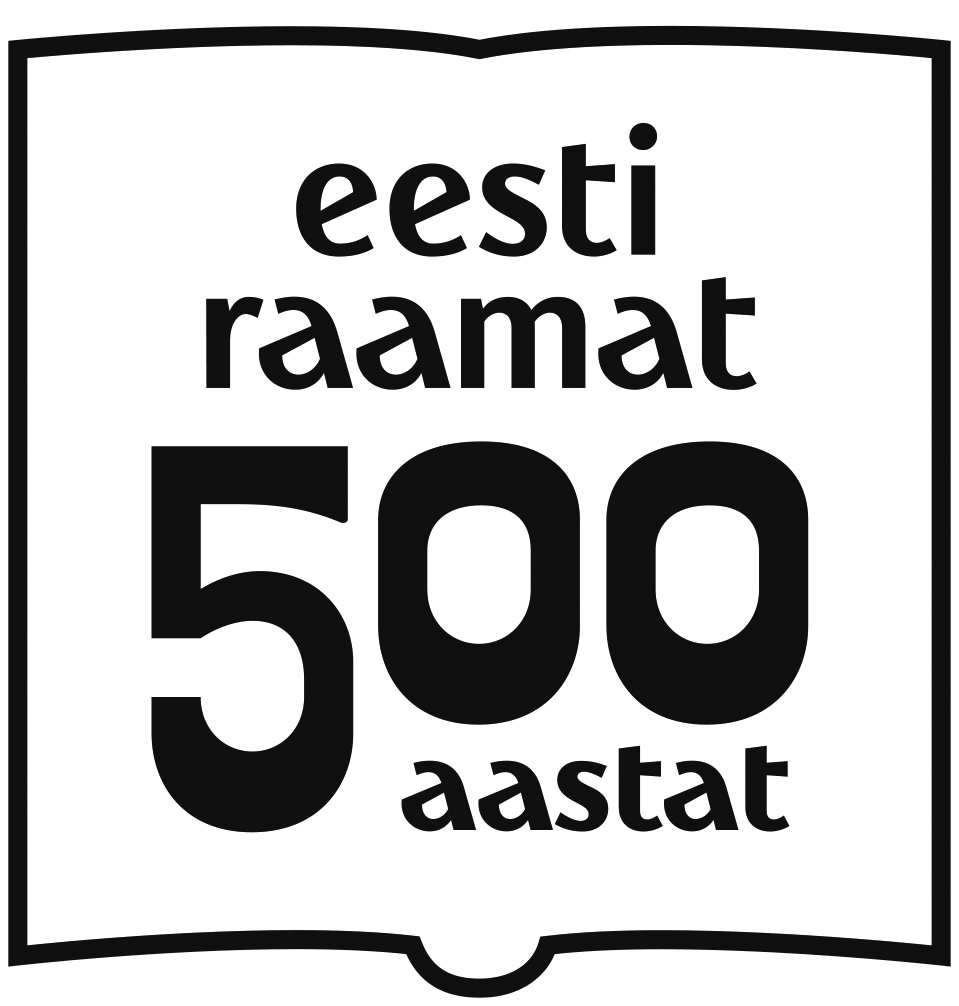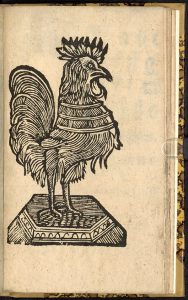Estonian Book 500: Relics
2025 marks 500 years from the publication of the first book in Estonian, and the Year of the Estonian Book celebrates the anniversary. The exhibition at the Niguliste Museum presents the rarest relics of the history of Estonian books and provides an overview of the development of the written language and published materials from the 16th to the 19th century.
The exhibition summarises the history of the Estonian book culture and written word from its beginnings till the National Awakening: figuratively speaking, from the Kullamaa manuscript to Kalevipoeg, from hymn books to song festivals, from the ABC-book to academic writing.
Artworks displayed
Gallery
Through rare books and significant literary works, the display tells the story of how Estonians were educated and became a cultured nation: how they learned the Word of God, learned to read, began writing and composing poetry, and became an educated and free people. The first known reference to an Estonian-language book dates back to 1525. The oldest surviving fragments of a publication in the Estonian language are from 1535. The Reformation paved the way for books and education in the vernacular, and, for the first few centuries, Estonian books were religious and translated. The poet Hando Runnel aptly puts it: “Writing begins with the Church; a nation begins with a book.”
The symbol of the exhibition is the ABC-book rooster, which originally appeared on a reliquary in the Castle Church of Wittenberg. It made its way into ABC-books through an engraving by Lucas Cranach the Elder. The display of relics of the written word begins with the earliest handwritten texts in Estonian and the Wanradt-Koell Catechism, printed in Wittenberg. Alongside Estonian rarities, the exhibition also features letters from Martin Luther and Philip Melanchthon to the Tallinn Town Council, the oldest surviving incunables in Estonia and rare books from the library of St Nicholas’ Church.
Church and school books, chronicles and grammars, stories and teachings – the most important texts and books that educated and shaped the Estonian people – have been gathered from libraries and museums in Tallinn, Tartu and Riga. Works of art illustrate the exhibition.
The exhibition will change and relics will vary
Since the rarest manuscripts and publications can only be displayed for a limited time, some exhibits will be rotated during the exhibition as the thematic focus changes.
- Beginnings of the Written Word (24 April – 25 May)
- Poetry and Song (27 May – 3 August)
- The Light of Education (5 August – 28 September)
- Freedom and Awakening (30 September – 26 October)
The history of Estonian books embraces the story of our country’s two literary languages, originating primarily from the activities of German clergy. By the late 17th century, the foundations of broader literacy among Estonians had been laid. Forselius’s ABC-Book, with its rooster illustration – the first book illustration for many children – helped improve spelling and facilitated learning to read. In 1686, the New Testament (Wastne Testament) in the Tartu dialect was printed in Riga. The first descriptions of Estonians as a nation appeared in chronicles. An interest in the indigenous population’s past and folklore grew during the Romantic era, followed by the ideas of the Enlightenment, which highlighted the issue of freedom. With the University of Tartu reopening in 1802, academic research on language and history gained momentum; further impetus was given by the founding of the Learned Estonian Society in 1838. The first Estonian intellectuals emerged, journalism spread knowledge and united the people, and the Northern Estonian literary language became more widely established.
St Nicholas’ Church also holds an important place in Estonian book history. As early as the second half of the 15th century, the church had a library, which received its first printed books in 1470. In the early 16th century, Pastor Lambertus Kemmerling compiled the first calendars of Tallinn and, during the Great Northern War, the historian and chronicler Christian Kelch worked there. The oldest public library in Tallinn and Estonia was established in 1552 at St Olaf’s Church and, a century later, it was merged with the library of St Nicholas’ Church. The book collection of Pastor Nicolaus Specht from the 17th century is now preserved in the Academic Library of Tallinn University.
Public programme
The exhibition is accompanied by a diverse public programme, including a series of seminar-style lectures, workshops on printmaking, literary evenings and concerts. Museum lessons introduce the history of Estonian books to students, integrating history, art education and the curricula of the Estonian language and literature.
A section of the exhibition is an educational area set up in the chancel, where visitors of all ages can explore Estonians’ connection with books in a playful and interactive way. They can get acquainted with ABC-Books and the written form of the Estonian language throughout history, as well as try writing and reading for themselves.
Team
Curators: Aivar Põldvee (Tallinn University), Lea Kõiv (Tallinn City Archive) and Tiiu Reimo
Exhibition design: Tiit Jürna
Graphic design: Asko Künnap
Design of the children’s area: Mae Kivilo
Technical manager: Andres Amos
Educational programmes: Keidi Kaitsa-Pihlamägi
Coordinator: Annika Teras
Exhibition team: Merike Kurisoo, Tarmo Saaret, Renita Raudsepp, Tõnis Medri, Villu Plink, Kaarel Eelma, Klaire Kolmann, Marju Kubre, Richard Adang, Külli Kõiv and Kadi Raudalainen
We thank: Estonian Literary Society, Tallinn University Academic Library, Estonian Literary Museum, Estonian History Museum, National Archives of Estonia, University of Tartu Library, National Library of Latvia, Latvian University Academic Library, Tallinn City Museum, Virumaa Museums, Eerik-Niiles Kross, and TYPA
Supported by: Eesti Kultuuriministeerium, Eesti Välisministeerium, Eesti Haridus- ja Teadusministeerium, Eesti Kultuurkapital, Sorainen
Read about the Year of the Estonian Book and view the programme: https://raamatuaasta.ee/en

Press coverage
-
Gallery: Rare historical Estonian books on display at Tallinn museum. News.err.ee. 24.04.2025https://news.err.ee/1609674068/gallery-rare-historical-estonian-books-on-display-at-tallinn-museum
-
Estonian literature celebrates 500 years—rarities on display at the St Nicholas Church and Museum. The Baltic Guide. 23.04.2025https://balticguide.ee/en/estonian-literature-celebrates-500-years-rarities-on-display-at-the-st-nicholas-church-and-museum/











